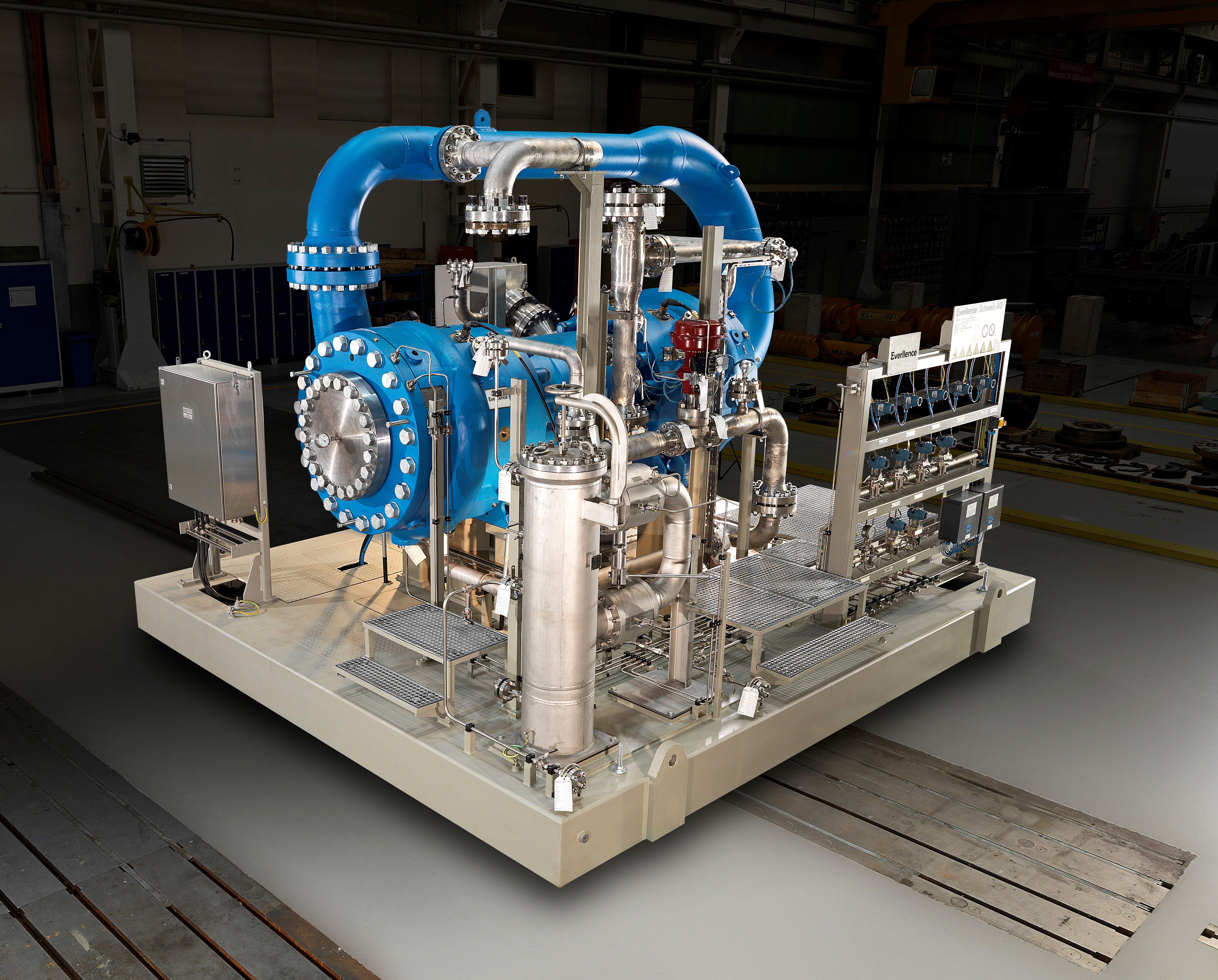News
Video
Gas Turbines Evolving to Reduce Technical Barriers, But Go-to-Market Challenges Remain
Author(s):
Jeffrey Benoit of PSM says there are no big technical barriers, “it’s a matter of getting these technologies into products and commercially operated gas turbines.”
Jeffrey Benoit, Vice President of Clean Energy Solutions at PSM - a Hanwha company, and Bobby Noble, Senior Program Manager, Gas Turbine R&D – EPRI, spoke to Turbomachinery International at PowerGen 2025 in downtown Dallas. The duo discussed roadblocks with lower-carbon fuel supply, how technology is not standing in the way of advancing gas turbines in the new energy era, and, as Noble said, “Carbon capture is just another tool in our toolbox” of developing a cleaner energy landscape.
TURBO: Are there any policy- or technology-related roadblocks for gas turbines during the clean energy transition?
Noble: When we think about roadblocks, there are technical aspects and certain limitations for as-found gas turbines. But then, of course, there's the entire supply chain for the hydrogen. Where is hydrogen or ammonia or other low-carbon/no-carbon fuel coming from? Those are challenges that are being addressed by other parts of the industry. As we focus on the gas turbine itself, it's really just the continual development of capabilities.
Benoit: One of the great things that we're focused on is we, from a technology standpoint, don't see any significant barriers. It is simply a just a matter of putting the pedal to the metal and getting these technologies into products, validated, not only in 10th full-pressure, full-condition test rigs but also into gas turbines that are operating in a commercial environment and finding that partner with an operator—that is part of the DNA of PSM. A lot of our capabilities and products have been done with these true innovators looking to put first-of-a-kind types of technology. So, when it comes to fuel flexibility and optionality, this is an area we are very focused on. It's just a matter of focusing on it and getting it done. We know the hydrogen economy; the ammonia economy is coming; we want to be right there and make it as seamless as possible for the end users, particularly those in power, to take advantage of this.
TURBO: How does carbon capture and sequestration (CCS) fit into this developing energy landscape?
Noble: Carbon capture is another tool in our toolbox. So, when we think about options, this is yet another option. As Jeff and some of our other panelists pointed out this morning, as we're looking at the role of the gas turbine in the future, we think about a base-loaded combined cycle unit that may not be the ideal place to utilize hydrogen or ammonia, simply because of the sheer amounts of fuel needed for those gas turbines. So, if this unit is a unit that will be base-loaded, carbon capture can play a crucial role in ensuring that that unit becomes a carbon-free asset that we need for the future. At EPRI, we're doing a lot of work in the space of CCS. We've been involved in a couple of demonstrations, particularly right now a lot of the work full-scale-wise has been around coal units. But we're continuing to move in and looking at opportunities for gas turbines and to continue to push the capabilities there further, so as we see this continuing to progress as in parallel, we're progressing the capability for utilizing low-carbon fuels.
Check out Benoit and Noble's video interview, Gas Turbines are Centerstage in the Energy Future and Decarbonizing the Electric Grid.
Newsletter
Power your knowledge with the latest in turbine technology, engineering advances, and energy solutions—subscribe to Turbomachinery International today.





